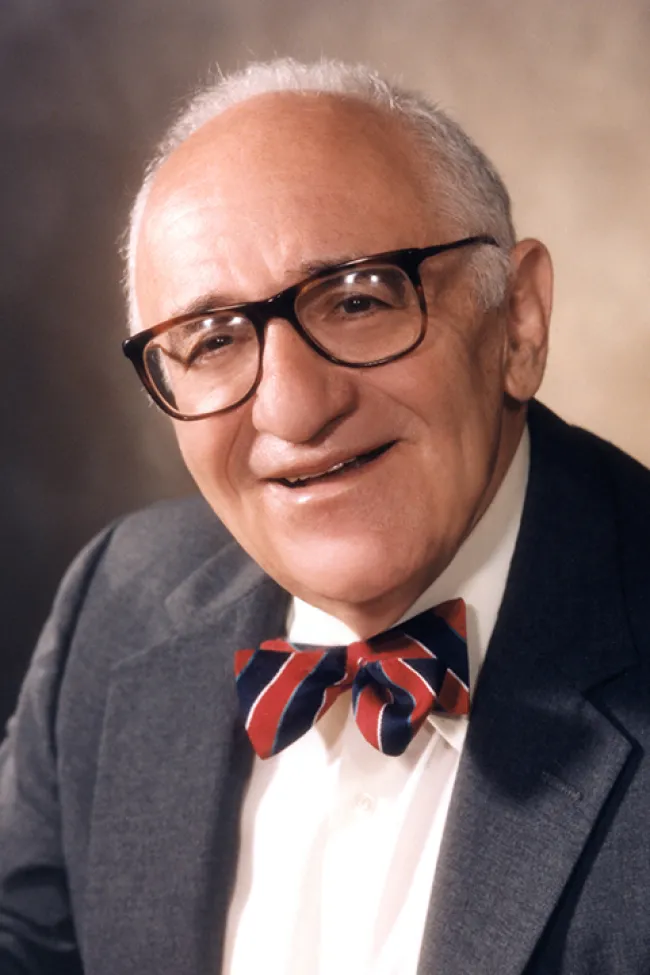Where did this thing called the Fed come from? Murray Rothbard has the answer here — in phenomenal detail that will make your head spin. In one extended essay, one that reads like a detective story, he has put together the most comprehensive and fascinating account based on a century’s accumulation of scholarship.
The conclusion is that the Fed did not originate as a policy response to national need. It wasn’t erected for any of its stated purposes. It was founded by two groups of elites: government officials and large financial and banking interests. Rothbard adds a third critical element: economists hired to give the scheme a scientific patina.
This excerpted chapter from Rothbard’s History of Money and Banking is as scholarly as it is hair raising. This is one economic historian who fears not naming names and assigning blame.

No content found

Murray N. Rothbard made major contributions to economics, history, political philosophy, and legal theory. He combined Austrian economics with a fervent commitment to individual liberty.
We must realize that the two most powerful motivations in human history have always been ideology and economic interest, and that a joining of these two motivations can be downright irresistible.
The revolutionaries include the pamphleteer writing in his study, the journalist, the agitator, the organizer, the campus activist, the theoretician, the philanthropist.
November 11 was once known as Armistice Day, the day set aside to celebrate the end of WWI. In this essay Rothbard discusses the war as the triumph of several Progressive intellectual strains from the late 19th and early 20th centuries.
Mises Institute, 2009

